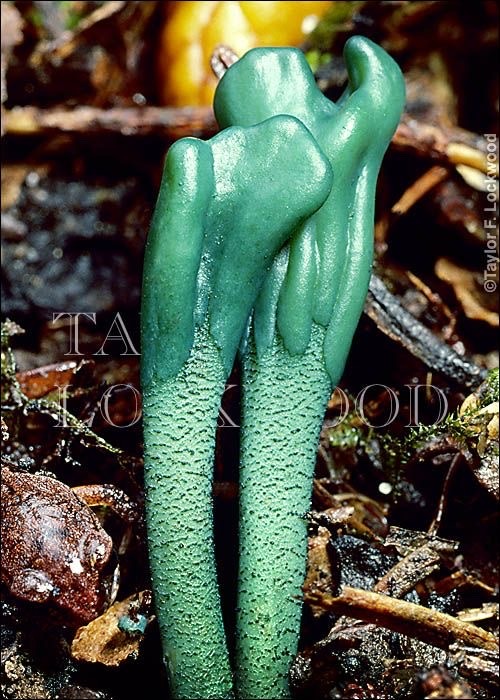Botox Is Made With Botulinum Toxin,, Ok.
Botox is made with botulinum toxin,, ok.
clostridium botulinum is anaerobic bacteria. form spores that release neurotoxin. cause paralysis
can be evident in honey. home canned foods. no oxygen
More Posts from Mikrobiotch and Others
Compressed Know-How: General Classifications used in Microbiology
Taxonomy - It is the systematic arrangement and classification of organisms into related groups
It can be divided into Kingdom and System Classifications.
Kingdom Classification used today is the 5 Kingdom formulated by Robert Whittaker. It contains the following: Animalia, Plantae, Protista (protozoa + algae), Fungi and Monera (bacteria).
Criteria used for the 5 Kingdom Classification:
Cell Type (Prokaryote or Eukaryote)
Cellular Organization (Unicellular or Multicellular)
Nutritional Type (based on Food Acquisition, Energy Source and Carbon Source)
System Classification can be either through Phenetic or Phylogenetic classifications.
Phenetic (Taximetrics) are based on their observable traits or overall similarities.
Eg. Morphology of bacteria, Staining reactions and Metabolic rate of bacteria.
Phylogenetic (Phyletic) is based on the evolutionary development and genetic composition. This will include the familiar taxonomic levels:
Domain
Kingdom
Phylum
Class
Order
Family
Genus
Species
Rules in properly naming bacteria:
In the Binomial System of Nomenclature, it involves the Genus' name, then species epithet eg. Staphylococcus aureus
The name should always be italicized or underlined
Genus' name: 1st letter is capitalized, and the only name that can be abbreviated. (S. aureus)
Species epithet: 1st letter is a small capital letter, or it can be all capitalized (STAPHYLOCOCCUS AUREUS)
Common names of bacteria, as listed below:




In a unique study carried out in drinking water pipes in Sweden, researchers from Lund University and the local water company tested what would happen if chlorine was omitted from drinking water. The result? An increase in bacteria, of course, but after a while something surprising happened: a harmless predatory bacteria grew in numbers and ate most of the other bacteria. The study suggests that chlorine is not always needed if the filtration is efficient—and that predatory bacteria could perhaps be used to purify water in the future. Just as human intestines contain a rich bacterial flora, many types of bacteria thrive in our drinking water and the pipes that transport them. On the inside of pipe walls is a thin, slippery coating, called a biofilm, which protects and supports bacteria. These bacteria have adapted to life in the presence of chlorine, which otherwise has the primary task to kill bacteria, particularity bacteria that can make humans sick.
Continue Reading
FOTD #126 : entoloma haastii!
entoloma haastii (no common name) is a mushroom in the family entolomataceae :-) it is only known to grow in aotearoa, where it often sprouts in leaf litter from southern beech plants.
the big question : can i bite it?? the edibility is unknown, but it is said to be sharp-tasting & sour / bitter.


e. haastii description :
"the cap is initially conical later developing an umbo & becoming rounded or bell-shaped, reaching diameter of 1.5–5.5 cm (0.6–2.2 in) in diameter. older fruit bodies have margins that are turned upward. the cap colour is dark brown or soot-brown but always has a bluish tinge. the surface is dry, covered by radially arranged wrinkles or veins, neither striate nor hygrophanous. the gills are adnexed to almost free from attachment to the stem. they are somewhat distantly spaced, with between 16 & 22 gills extending fully from the stem to the edge of the cap, in addition to one to three tiers of interspersed lamelluae (short gills that do not extend fully from the stem to the cap edge). the gill colour is grey-bluish later becoming pink, & the gill edges are straight or somewhat saw-toothed, & the same colour as the gill face. the stem is 4–10 cm (1.6–3.9 in) by 0.3–1 cm (0.12–0.39 in), bulbous-rooting or club-shaped. the top portion of the stem is deep blue, the colour fading towards the whitish or ochraceous base, strongly fibrillose, dry, hollow, fragile, often twisted. the flesh is blue in the cap & the upper parts of the stem, but whitish or yellowish at the base."
[images : source & source] [fungus description : source]

It's not the best "microbiology" art, but it has a very interesting background. Two bacteria from two different clinical cases were inoculated on the TSCB medium. This metallic blue spilling bacterium is of course Pseudomonas aeruginosa. The yellow one (positive reaction on TSCB medium) is Vibrio metschnikovii isolated from chronic UTI in a dog. It was an unusual microbiological diagnosis. But what can you do when even your dog has a better holiday than you? Problems with urination (in this dog) began just after returning from the Mediterranean, the owners and the dog intensively used the charms of warm and salty water.

plasmodial slime mold consuming a Trametes fungus by Michael Harz

Microglossum viride

Pseudomonas aeruginosa is one of the most pleasant bacteria to identify from a microbiologist's perspective. In turn, from the veterinarian's point of view - one of the worst to treat.

-
 mikrobiotch reblogged this · 2 years ago
mikrobiotch reblogged this · 2 years ago


![[March, 2023] Culture Stains & Snow Days](https://64.media.tumblr.com/b268f538cfacb5a7e50609d3aebc3e55/068e2bf83ccb2aeb-b9/s500x750/c8a90cd2e5ecd6fd6129579af30ea82a082eb4ad.jpg)
![[March, 2023] Culture Stains & Snow Days](https://64.media.tumblr.com/b245d3ce023382c6e02880ecaa4e178e/068e2bf83ccb2aeb-8b/s500x750/6ac8b851b350c830d0b68c4255b73c179651328e.jpg)
![[March, 2023] Culture Stains & Snow Days](https://64.media.tumblr.com/e892949fb1c0ceea4c97332a49a5bfc2/068e2bf83ccb2aeb-f8/s500x750/98ed71bb65a8fecfd4366880fb07309f241ab5a3.jpg)
![[March, 2023] Culture Stains & Snow Days](https://64.media.tumblr.com/dd49ab4b2218ca86ccc2e8d21198b7a0/068e2bf83ccb2aeb-5a/s500x750/5d72e76aea59ea7686ad57b487de085637c09348.jpg)
